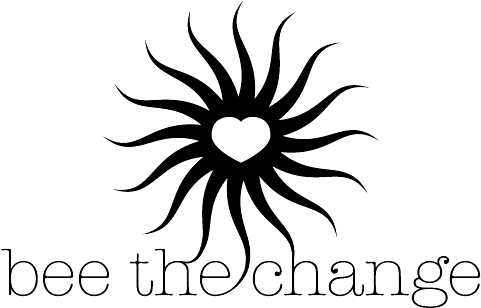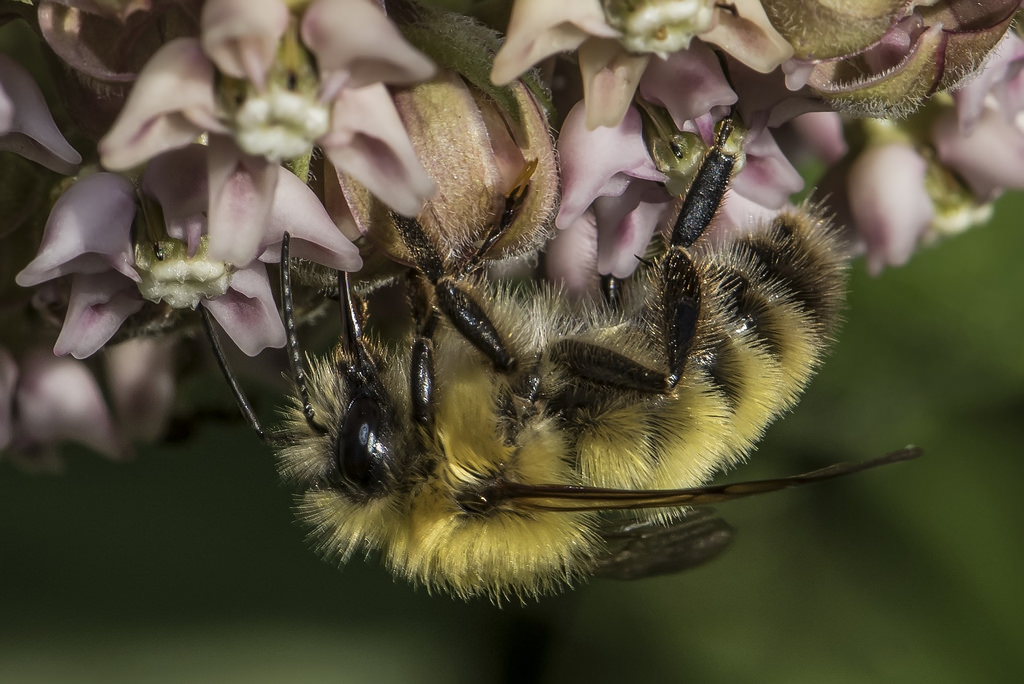A Story of Opportunity - Watch here!
“It’s the story of an opportunity, but it has to begin with the description of a problem”
Golden Northern Bumblebee
Image Source: https://www.marylandbiodiversity.com/viewSpecies.php?species=3152
Earlier this spring, our founder Mike Kiernan had the exciting opportunity to speak at a TEDx event at the University of Vermont, the theme of which was “surpassing society.” Mike’s talk opened with a discussion of the jarring decline in bee diversity in our region in recent years. Mike explained that when current university seniors were born, there were 17 species of bumblebees in the region. He explained that “There is an ordinary rate of species loss that would suggest that if we lost the first bumblebee species when you were born in 1995, we wouldn’t expect to lose the fourth species until the year 3,400.” Instead, we have lost four species of bumblebees in the past two decades -- the evolutionary blink of an eye.
Melipona Bee
Image Source: https://mexicanvanilla.com/blogs/blog/16423773-nine-facts-about-vanilla
Throughout the talk, Mike’s explanation of the bee crisis connected our work close to home, in Vermont, with similar struggles and solutions across the country and around the globe. The discussion ranged from the monocropped almond groves of California to equatorial Central America, where deforestation has wiped out the tiny melipona bee, which used to pollinate vanilla. The effects of pollinator decline are staggering: the shortage of native pollinators in California is so extreme that 1.8 million hives of honeybees must be trucked into the state annually to support the almond crop. Systems like this one leave the bee population extremely vulnerable to disease, and destruction of habitat further weakens bee species around the globe.
Mike took the story all the way back to the era of the first pollinators -- some 140 million years ago. He explained that in that 140 million year history, the current century still stands out. Loss of critical habitat for pollinators has defined recent decades. As Mike pointed out: “turf grass, or lawn, is the biggest crop in America. We grow more turf grass than corn, soybeans, fruit trees, and almond trees combined.” Furthermore, monocropped fields of corn or turf grass look like unforgiving wastelands to pollinators. Mike encouraged the audience to be more skeptical of the ubiquitous, monoculture lawn, and to instead consider the necessity of “a diversity of plants to support a diversity of pollinators.”
The talk concluded with an explanation of our pollinator offset project. The vision is simple: individuals or businesses “offset” the amount of land that their home, office or factory occupies by paying for an equally-sized parcel of land to be planted with pollinator-supporting habitat somewhere in their area. Bee the change envisions a world where entire neighborhoods or communities invest in native pollinators by offsetting their businesses and homes. Furthermore, we know that offsetting buildings and creating supportive habitat works: we’ve seen significant increases in pollinator encounters in solar fields that we planted just a few years ago. This is why the story of bee the change -- the story that Mike shared in this talk -- is ultimately “the story of an opportunity.”
Watch the full talk to learn even more about our exceptional and fragile pollinators, their vibrant habitats and all that lies ahead for them and for us.



